My first three days in Japan were miserable. I arrived in Tokyo’s Narita airport after a comfortable 9 hour nonstop flight from Seattle. Leaving the airport I was hit with a blast of hot, humid air. There was a heat wave going through Japan and it caused many deaths among the elderly in recent days, with temperatures close to 100 deg F. and sweltering humidity. But I made it to my hotel room and unpacked my bike and gear. Everything made it through undamaged.
The jet lag stuck with me for awhile though. I was in bed at 9 pm and waking up at 4 am for the first few days. The riding was tough. It took me awhile to buy a SIM card and get my phone working so I could use google maps. The first day though I was on my own, so I had to stop and check my location every few hundred yards. The roads are twisty with lots of smaller roads intersecting them so you need to be on your toes or you’ll get lost. Here’s a typical back road.
There were some cool houses along the way too with those manicured shrubs.
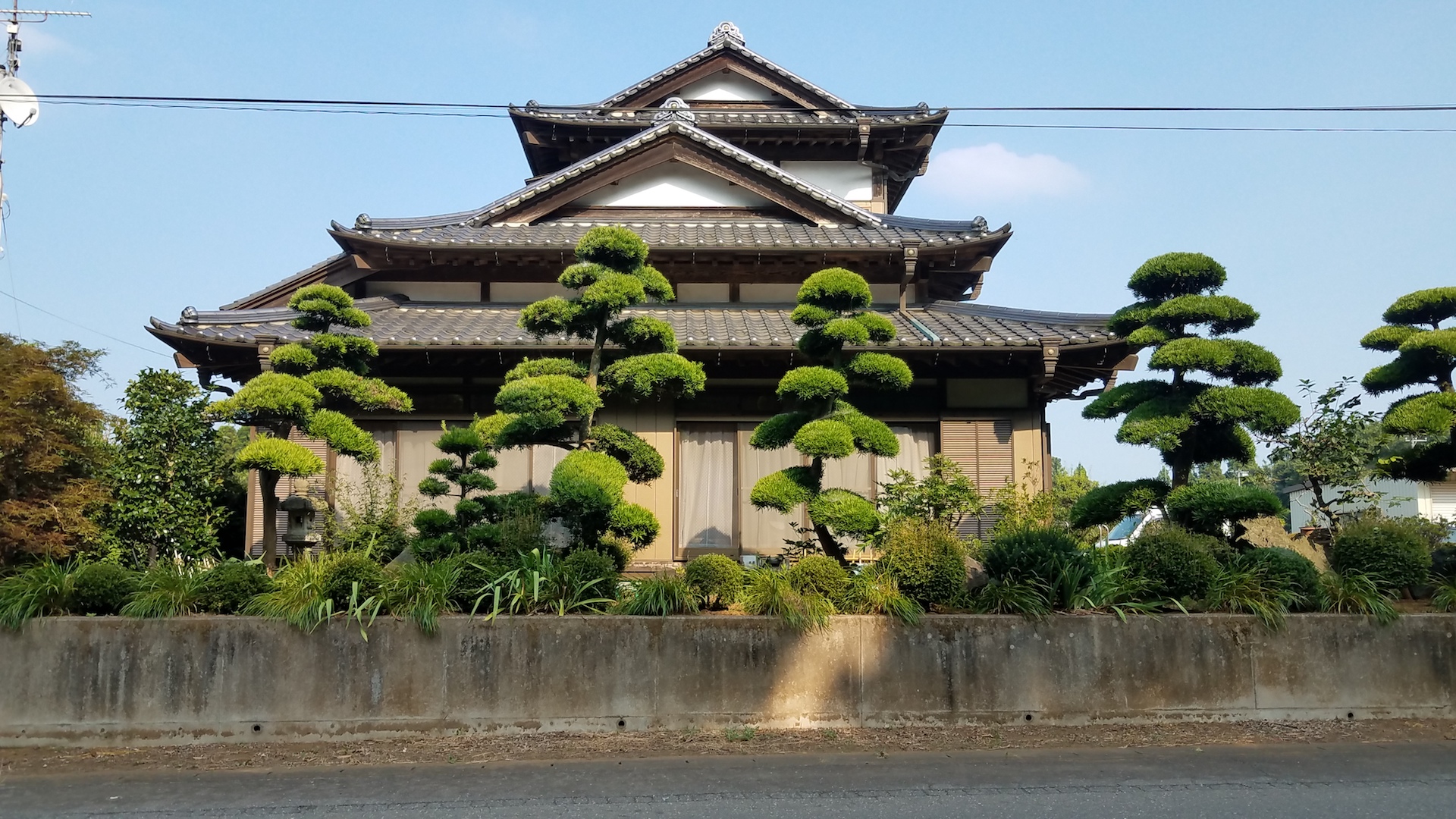 One great thing about Japan is there are hundreds of vending machines all over the place so I can easily get cold water, even if I am in a rural area.
One great thing about Japan is there are hundreds of vending machines all over the place so I can easily get cold water, even if I am in a rural area.
I got lost the first day trying to find a campground and the sun was setting so I had to grab a nearby hotel, which actually turned out great. It was only $50 which is cheap for Japan, and I got a nice cool room with a beer vending machine in the hallway right outside my door. I love Japan!
I camped out the second night and was lucky to have a small stream nearby so I could bathe. But it was still a hot humid night and I was fatigued from the heat and hills. After that I stuck to hotels for a couple nights. I was just sopping wet with sweat from minute one. The temperatures were over 100 deg F and humidity over 80% so it was like riding in a sauna all day. I smelled like a dirty sock in an old locker room. The Japanese must have been horrified. But things got better as I went north. The heat abated a little and clouds kept the sun away. Plus I was near the ocean which gave me a nice cool breeze.
In Fukushima prefecture I rode past this wall. It’s there to protect the houses from a tsunami I guess. It’s too bad also because now there is no view of the sea from these houses.
There are many of these signs scattered around the area letting you know your evelation above sea level.
This is a young Japanese bike tourist I met on the road. He left Tokyo and was going to northern Hokkaido. He was traveling very light as you can see. Unfortunately he did not speak English so we had a very limited conversation.
Shopping in supermarkets is a bit overwhelming. Can’t make out much so I only buy stuff with pictures on the package so I know what I’m getting, and even that doesn’t work all the time.
Crunky chocolate?
There are mirrors all over Japan because everything is so crammed together.
What do you think was going on here? It looked like a house of garbage.
As I got near the Fukushima nuclear plant I started seeing these radiation dosimeters everywhere. 0.176 microsieverts per hour is not very much. You get 100 microsieverts from an ordinary dental X-ray.
Like most people, I was horrified by the images of the tsunami as it rolled through the east coast of Japan. I did a bit of research on the disaster and the current status. If you interested, read on. If not you can skip the next several paragraphs.
The Great East Japan Earthquake.
On Friday, March 11, 2011 a magnitude 9 earthquake occurred approximately 70 kilometres (43 mi) east of Sendai, Japan at an underwater depth of approximately 29 km (18 mi). It was the most powerful earthquake ever recorded in Japan, and the fourth most powerful earthquake in the world since modern record-keeping began in 1900. The earthquake triggered powerful tsunami waves that reached heights of up 10 m (30 feet) and traveled up to 10 km (6 mi) inland. The earthquake moved Honshu (the main island of Japan) 2.4 m (8 ft) east, shifted the Earth on its axis by up to 25 cm (10 in). The earthquake occurred along a subduction zone where two of Earth’s tectonic plates collide. In a subduction zone, one plate slides beneath another into the mantle, the hotter layer beneath the crust. The great plates are rough and stick together, building up energy that is released as earthquakes. East of Japan, the Pacific plate dives beneath the overriding Eurasian plate. The temblor completely released centuries of built up stress between the two tectonic plates. Scientists think the two plates slid an incredible distance, some 164 feet (50 meters), over a five minute period, causing the enormous earthquake and subsequent tsunami.
The tsunami resulted in 15,896 deaths with 6,157 injured, and 2,537 people missing. Over 1 million buildings were damaged or destroyed.
The tsunami also caused nuclear accidents, primarily the level 7 meltdowns at three reactors in the Fukushima Daiichi Nuclear Power Plant. The reactors were shutdown automatically during the earthquake, but it still takes several days of cooling before the core returns to a safe temperature. So the plant has several diesel powered generators that provided electricity to power the cooling water pumps. So far so good. But the tsunami then flooded the generators, causing them to fail. They still had backup batteries, but these ran out ofter eight hours. Now they were in big trouble. The insufficient cooling led to three nuclear meltdowns, hydrogen-air explosions, and the release of radioactive material. Residents within a 20 km (12 mi) radius of the Plant were evacuated.
Besides the loss of life, the cost of the disaster was staggering. The World Bank’s estimated economic cost was US$235 billion, making it the costliest natural disaster in world history.
You can google many videos and articles of the disaster, but here are a couple I found most interesting, and tragic.
https://www.theguardian.com/world/2017/aug/24/the-school-beneath-the-wave-the-unimaginable-tragedy-of-japans-tsunami
There is still an exclusion zone around the Fukushima Daiichi nuclear power plant. I was not able to ride on the highway which passes a few kilometers by the plant. I had to catch a taxi to drive me 20 km. All the houses, farms and businesses near the plant are shut down. It is surreal to drive by and see everything closed and no people anywhere, just a few police manning roadblocks. The radiation level was not high, about 1 microsievert per hour, but who wants to take a chance with radiation? What a mess.
All along the east coast I saw construction. Either building or rebuilding the seawalls. Hundreds of earthmoving equipment and thousands of workers.
I actually had a dream about this. A tsunami was chasing me and I had to run to higher ground. I can’t imagine a scarier scenario.
Moving on, I passed a number of Buddhist shrines set in peaceful gardens.
I guess you are supposed to leave gifts for Buddha. But beer? I did not know Buddha drank beer. He should probably stick to light beer though. Have you seen his belly?
Japan is moving toward more solar and wind power.
A guy fishing with a busy port in the background.
The Japanese like to use English words sometimes. But they don’t always get it right. Is this a cardiology clinic?
OK, This one is for mothers to be. I get it.
Who came up with this for children’s toys and clothes? Really?
After a week in Japan I am now in Sendai and will continue north to the island of Hokkaido. It’s been pretty much a grind so far. Just trying to make it to my next destination, sweaty and dirty. I have not really spoken to very many people. Few speak English anyway so we have to use sign language. The roads have been busy but there are a lot of smaller paved back roads so I can usually get on those. But I have to stop every km to check my position. I’ve camped a couple times but the heat and humidity make it kind of uncomfortable so I am forced to stay in more hotels. I think I’ll camp more as I get north.
As for food, I’ve been getting prepared stuff at convenience stores or grocery stores which is actually pretty good. But I want to find some good sushi restaurants.
Here is my current position. Headed north.
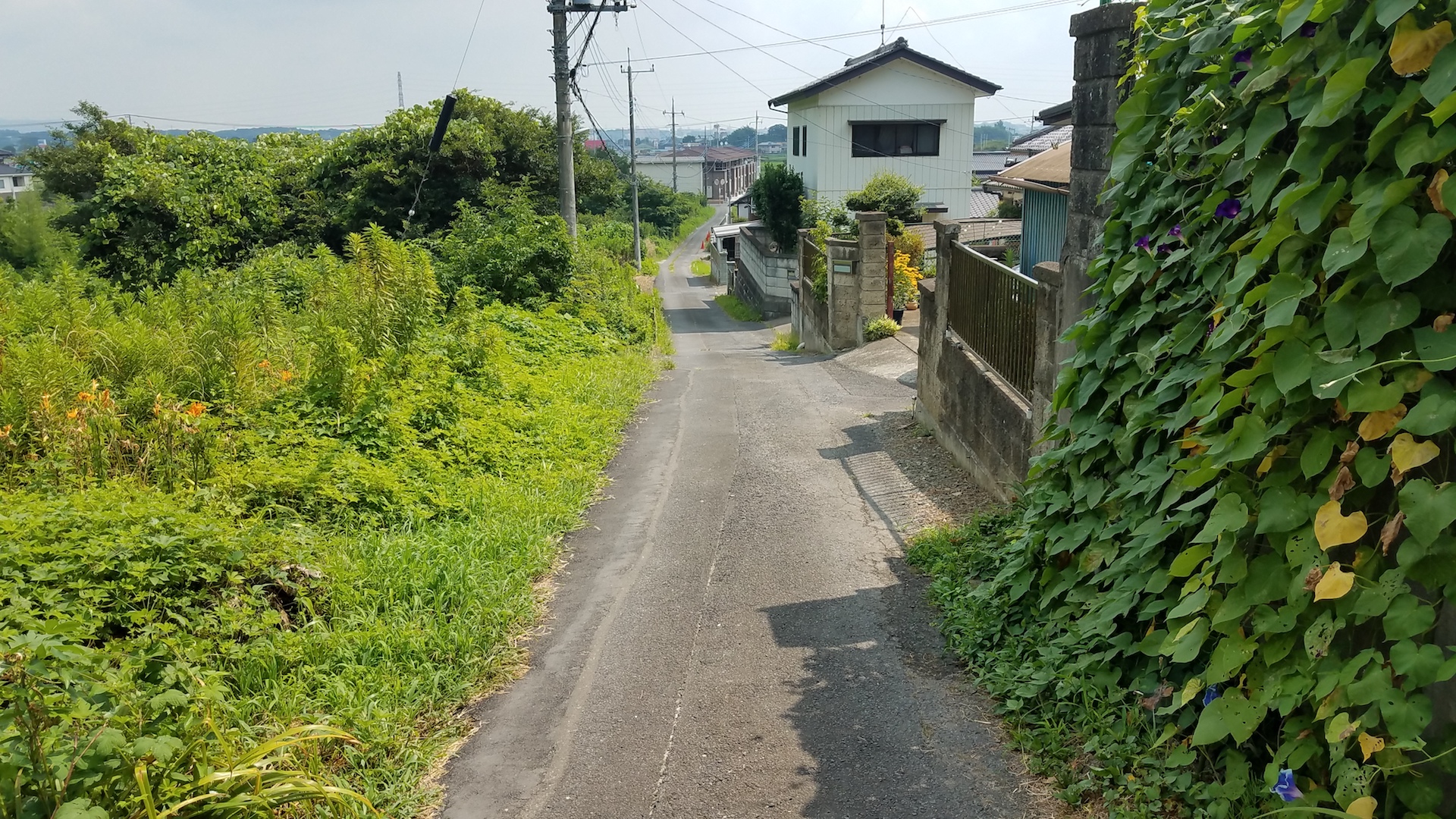
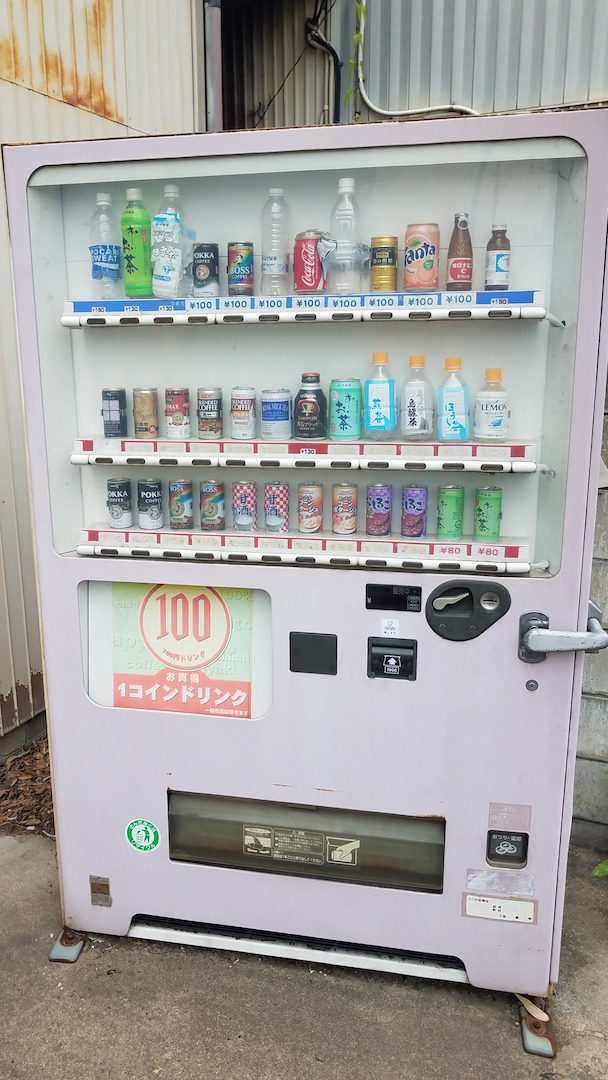
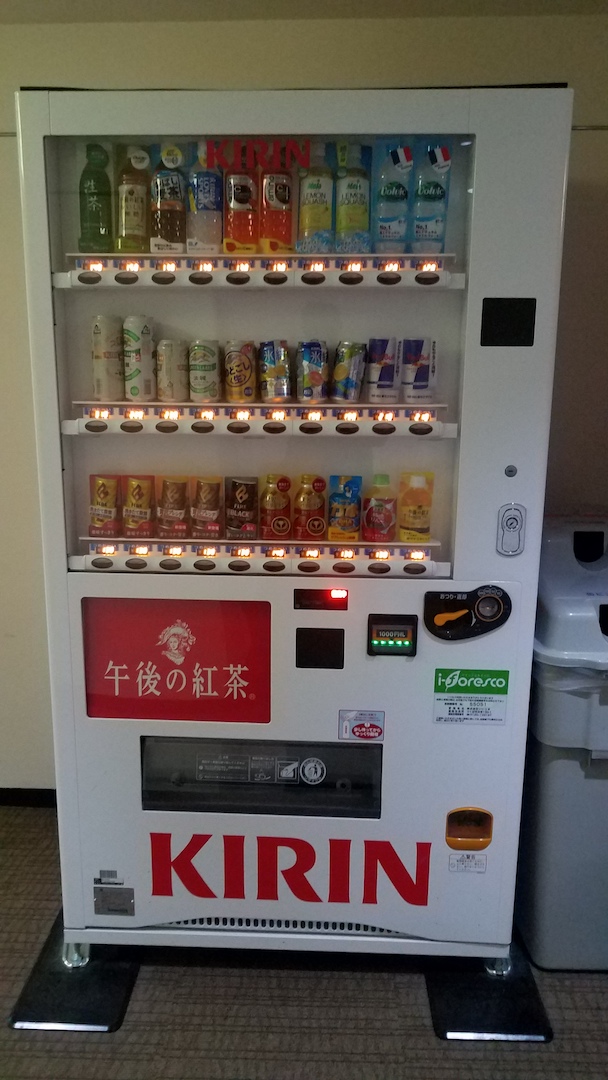

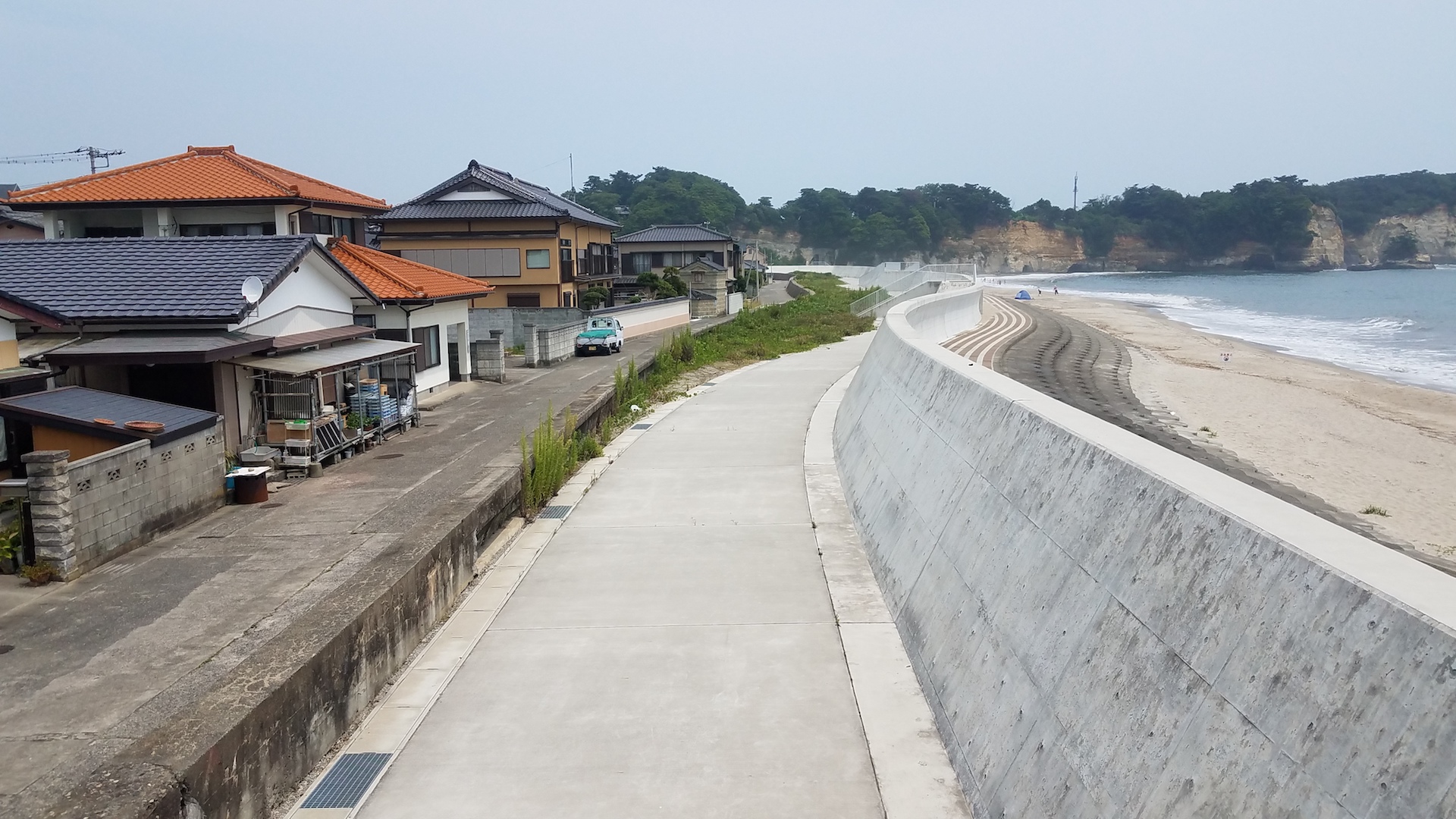
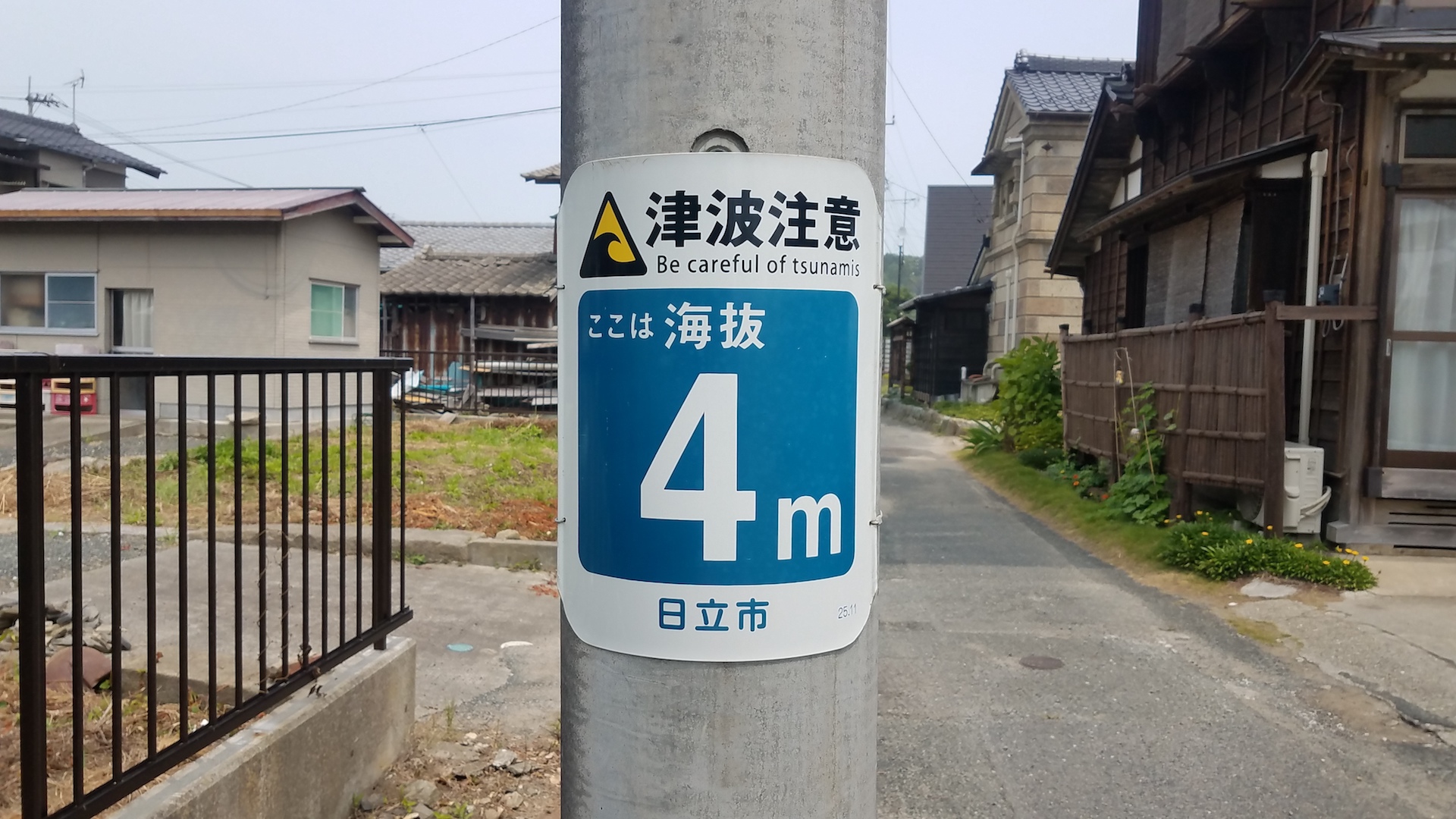
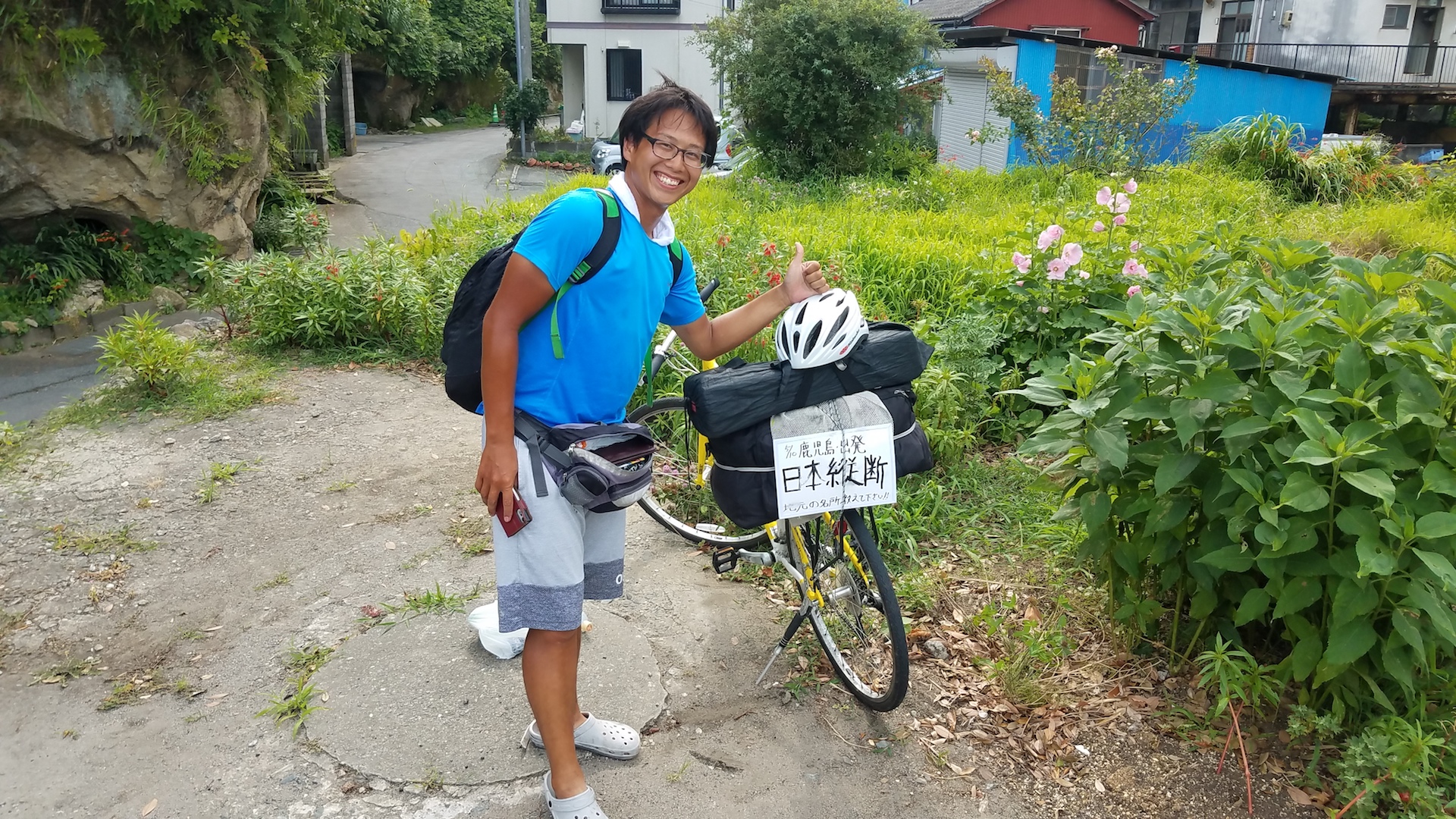
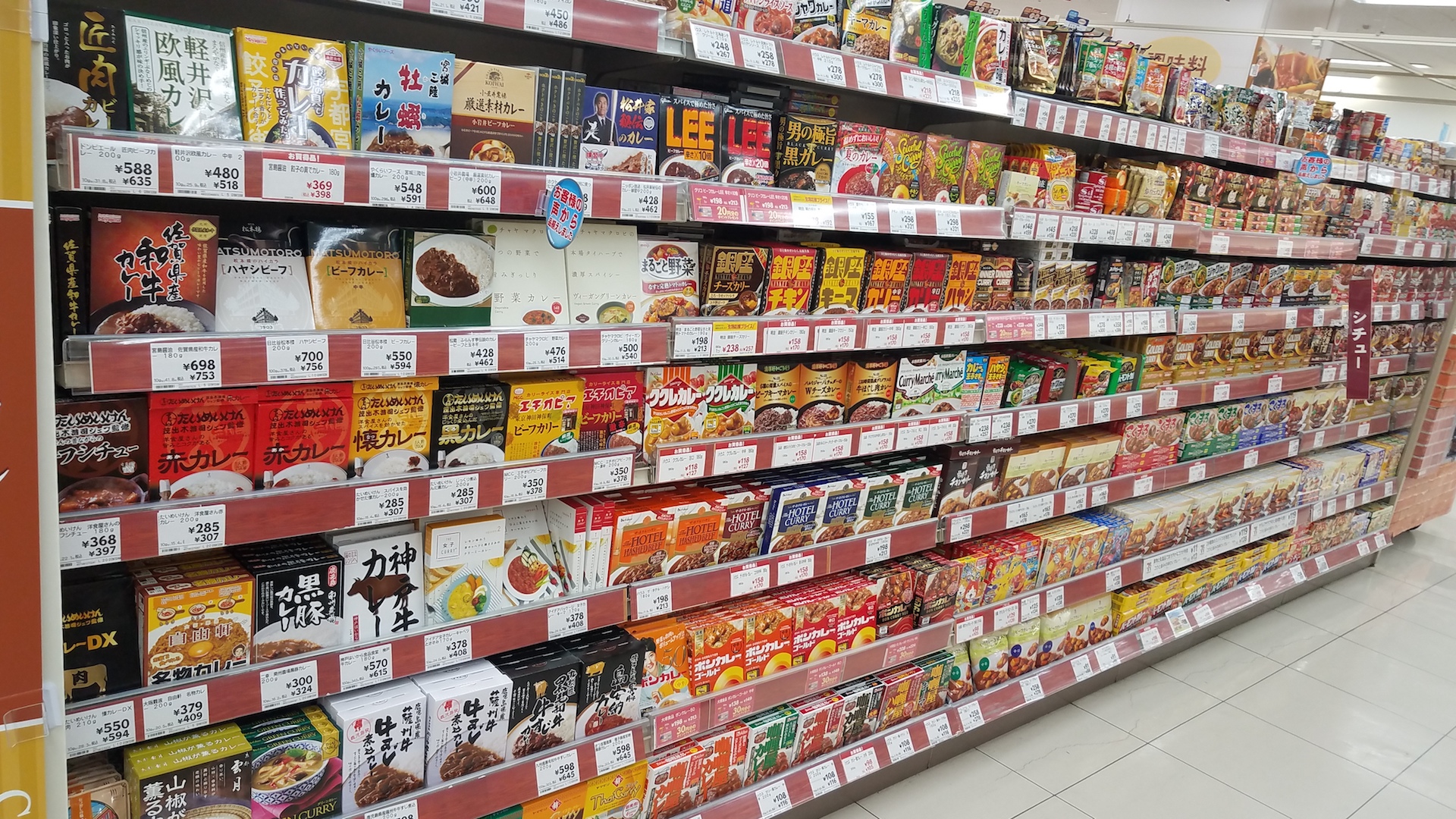
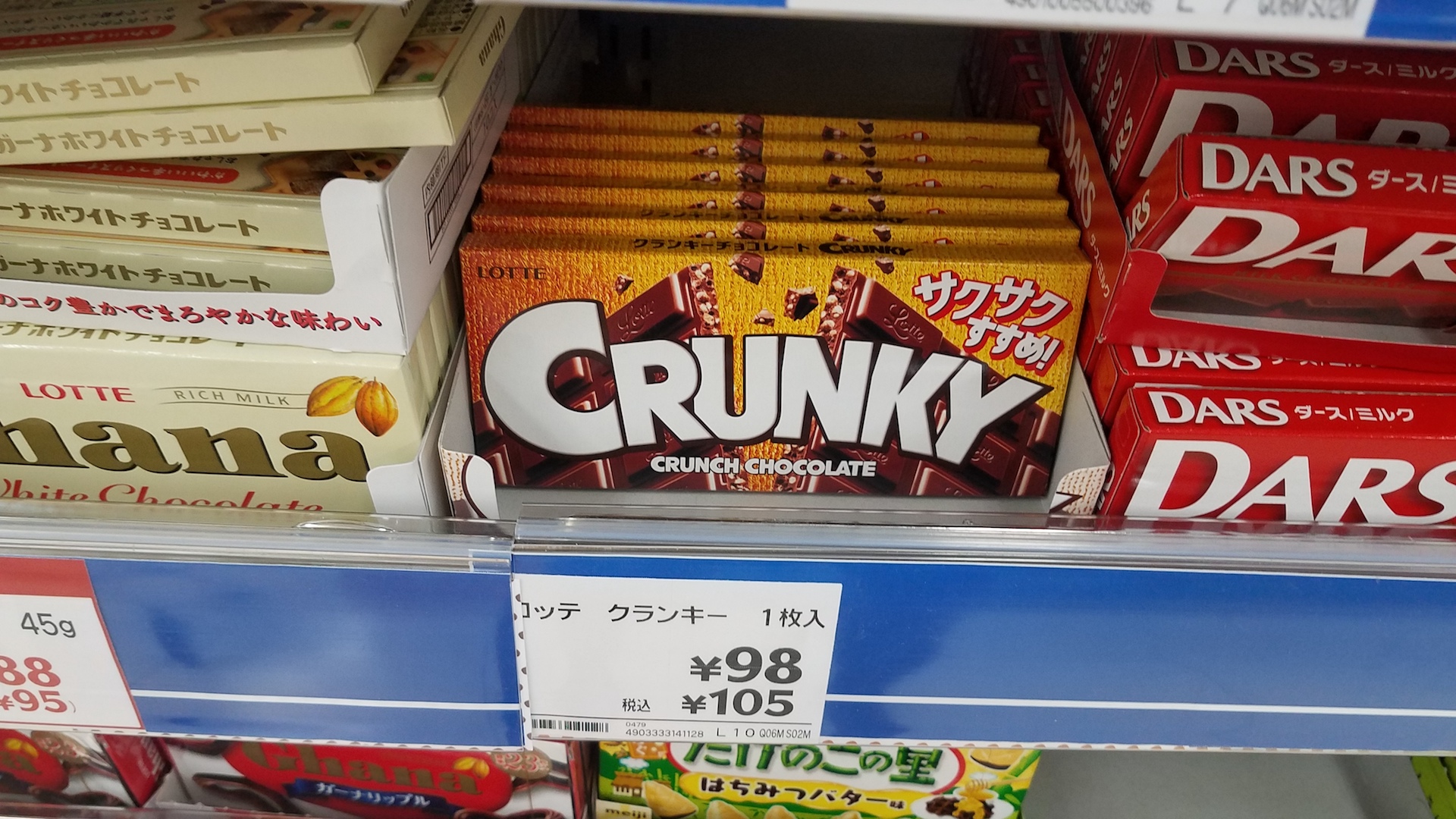
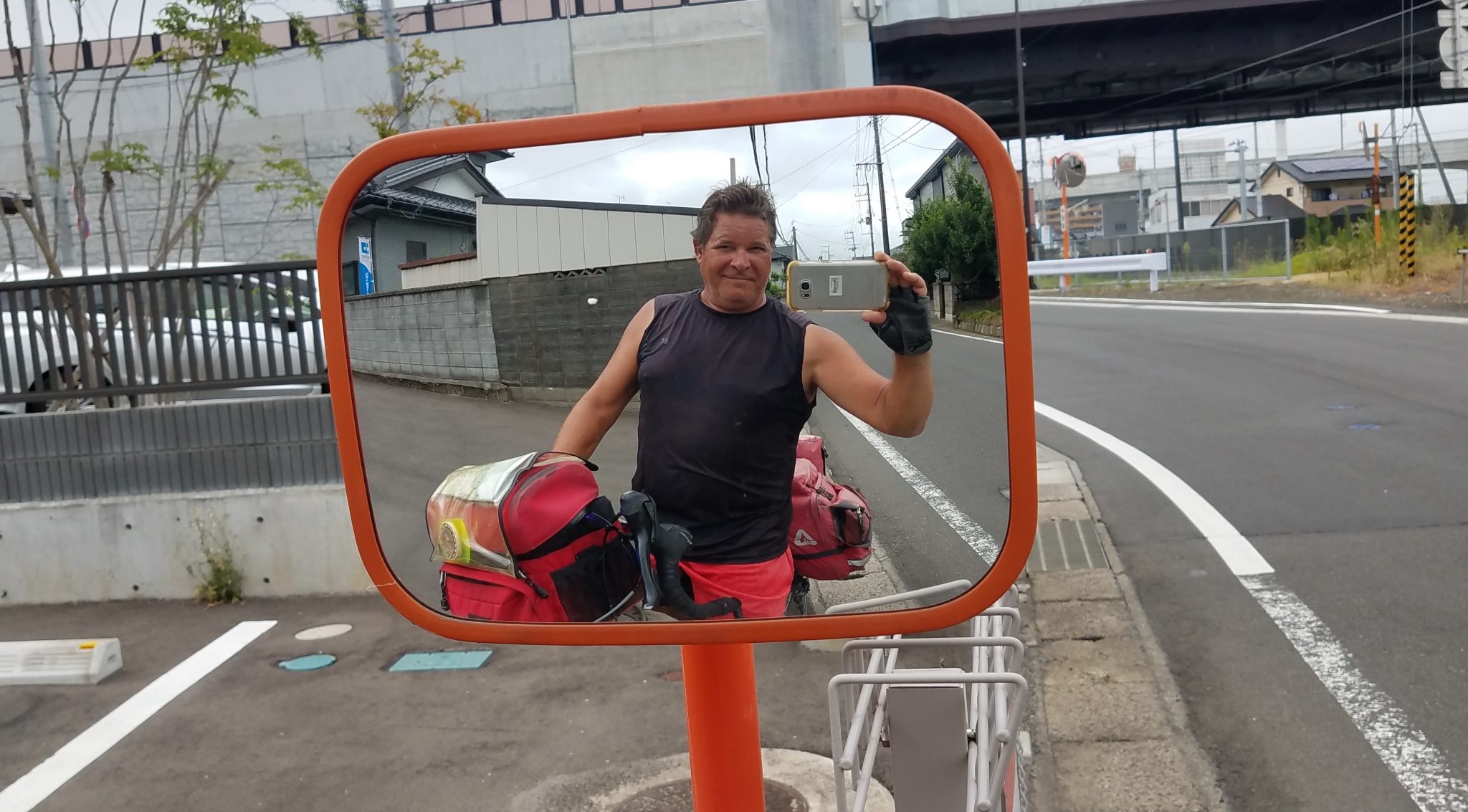
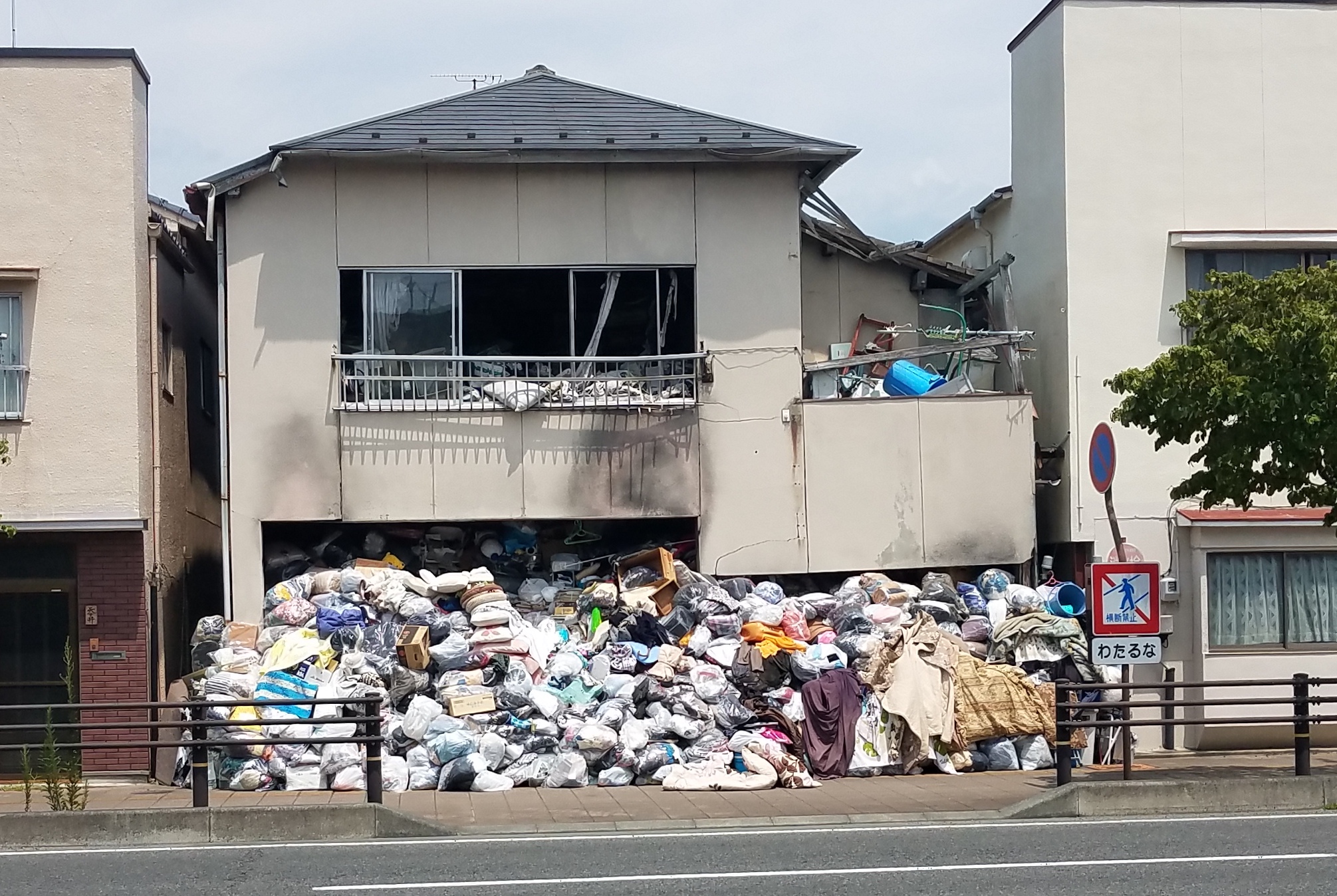


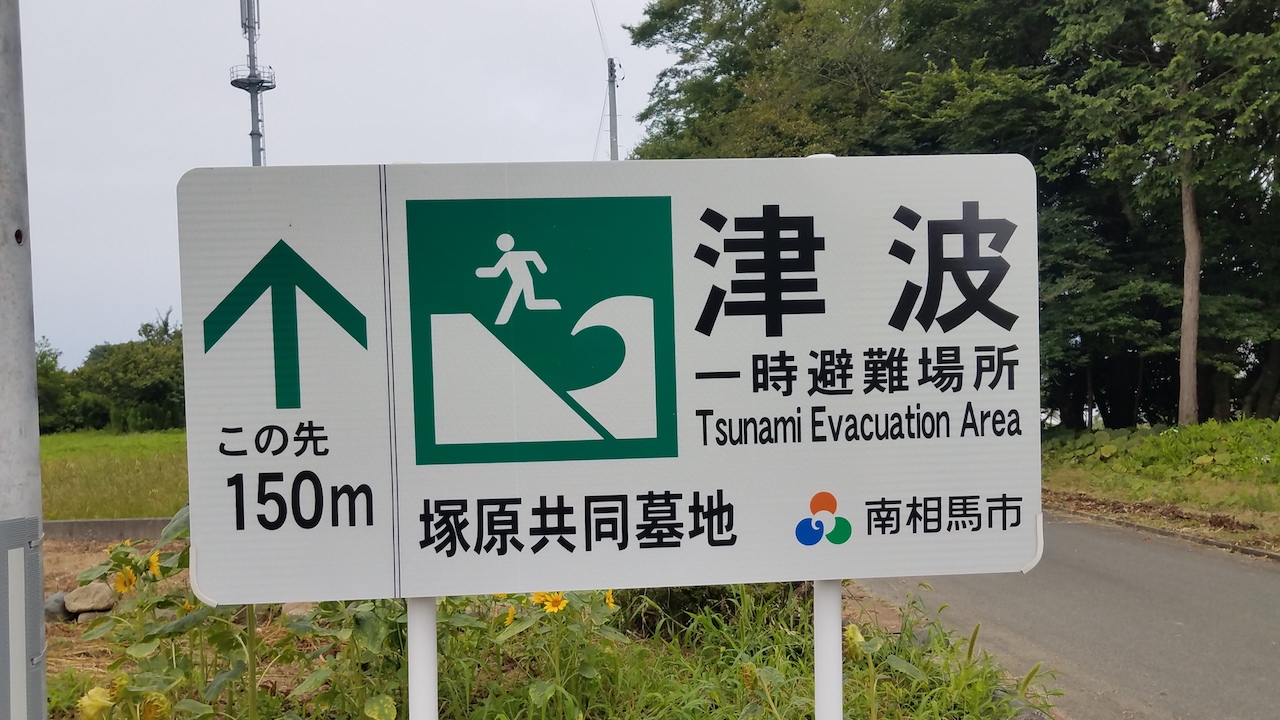
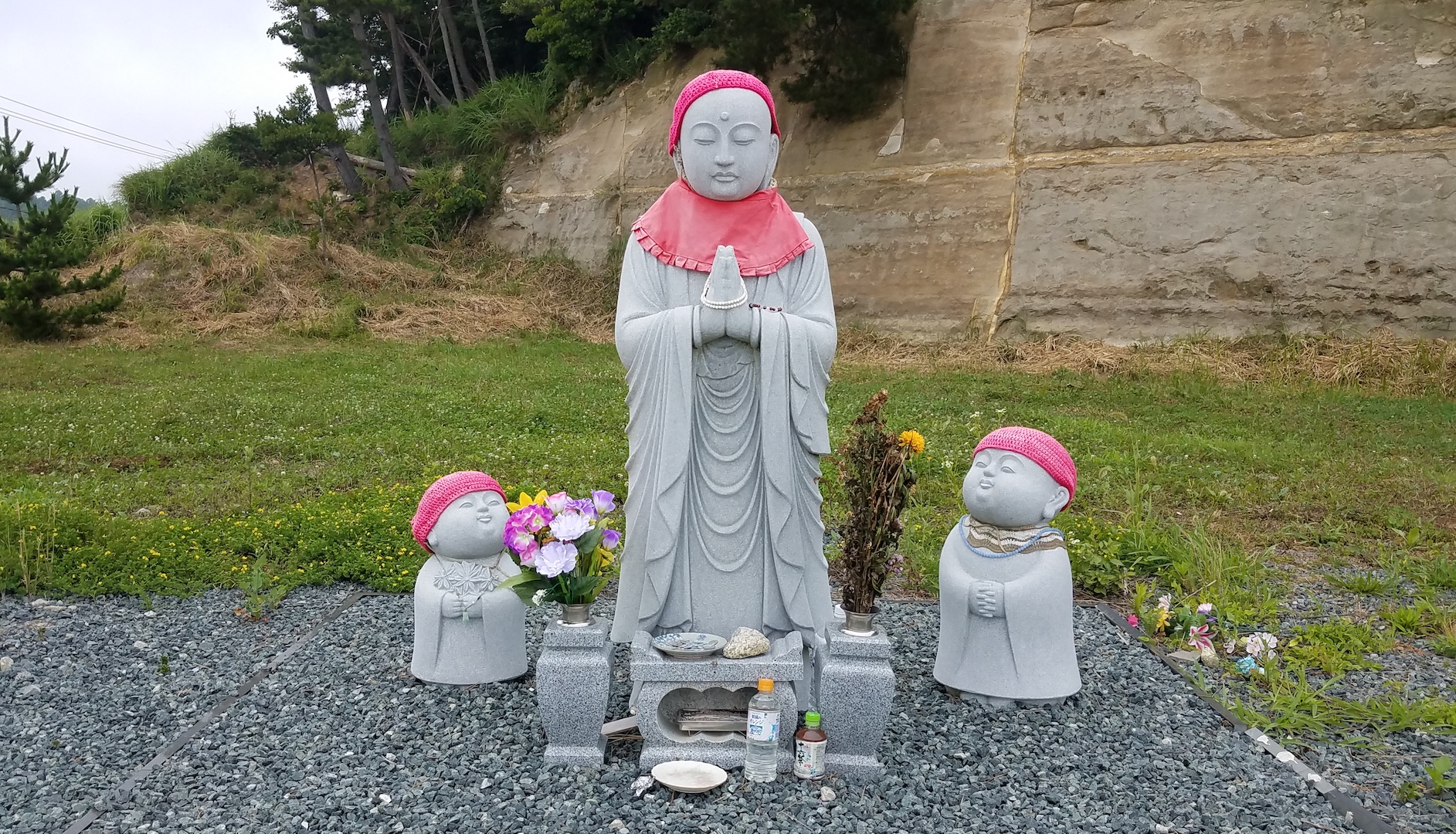
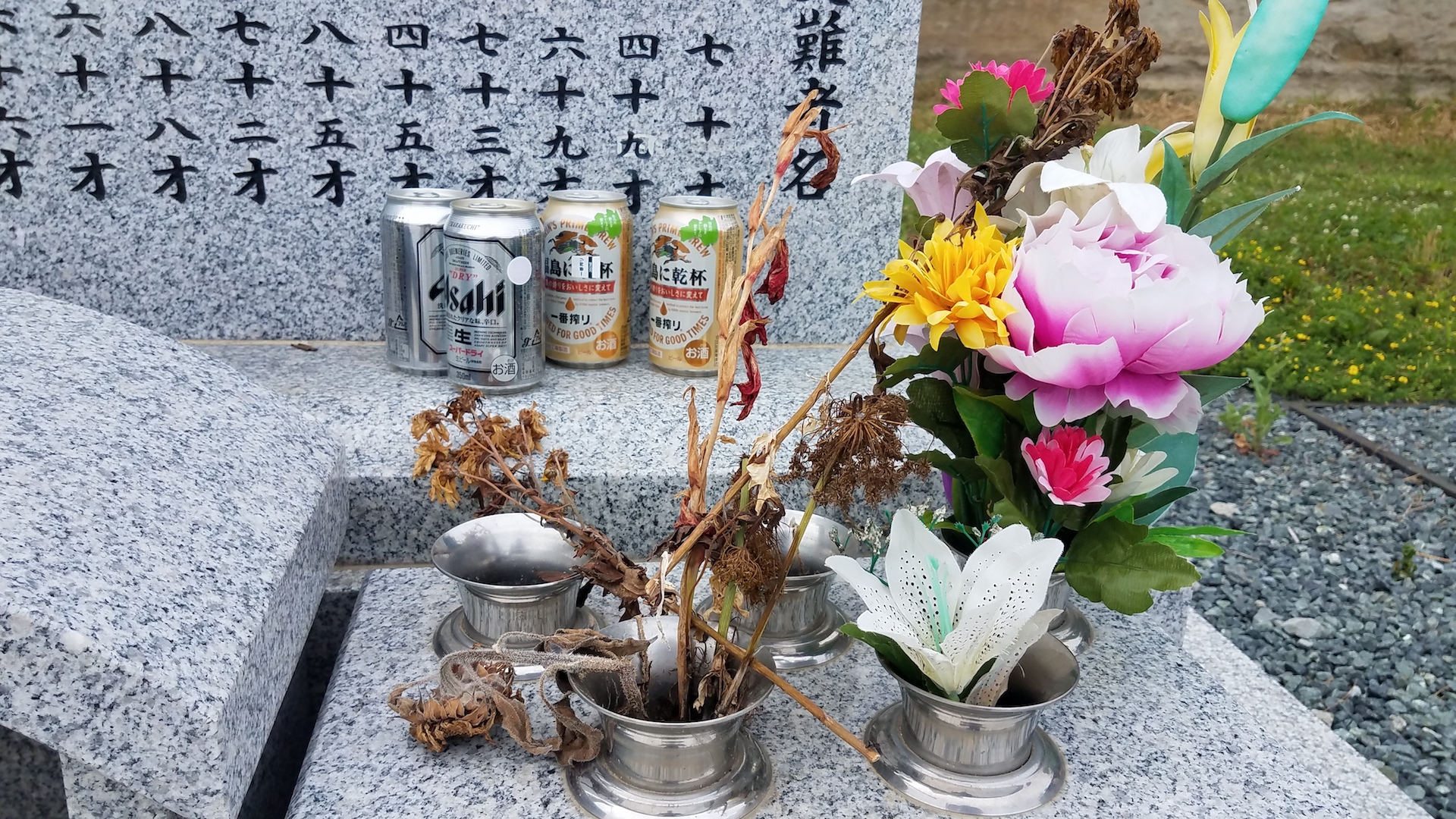
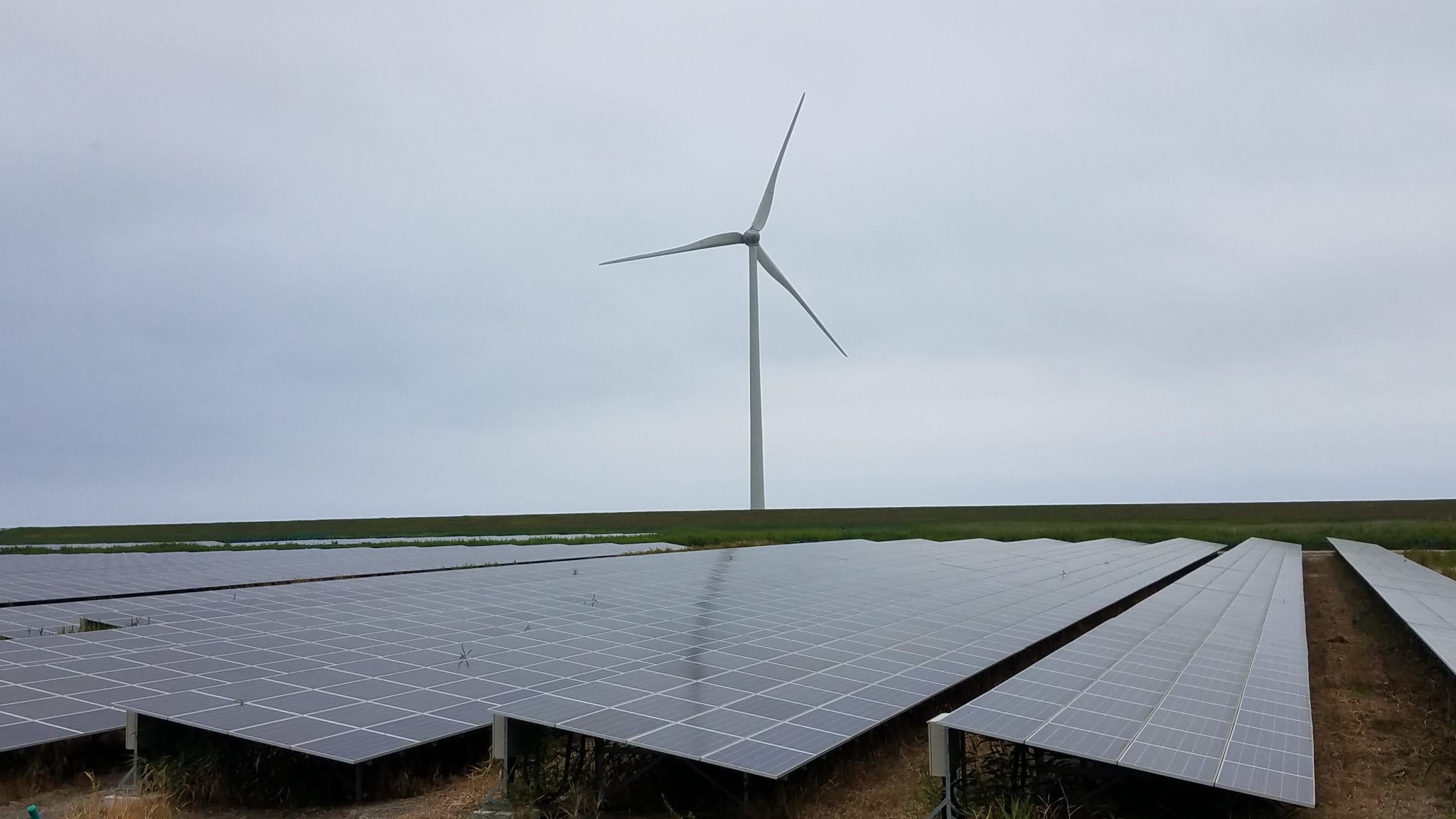
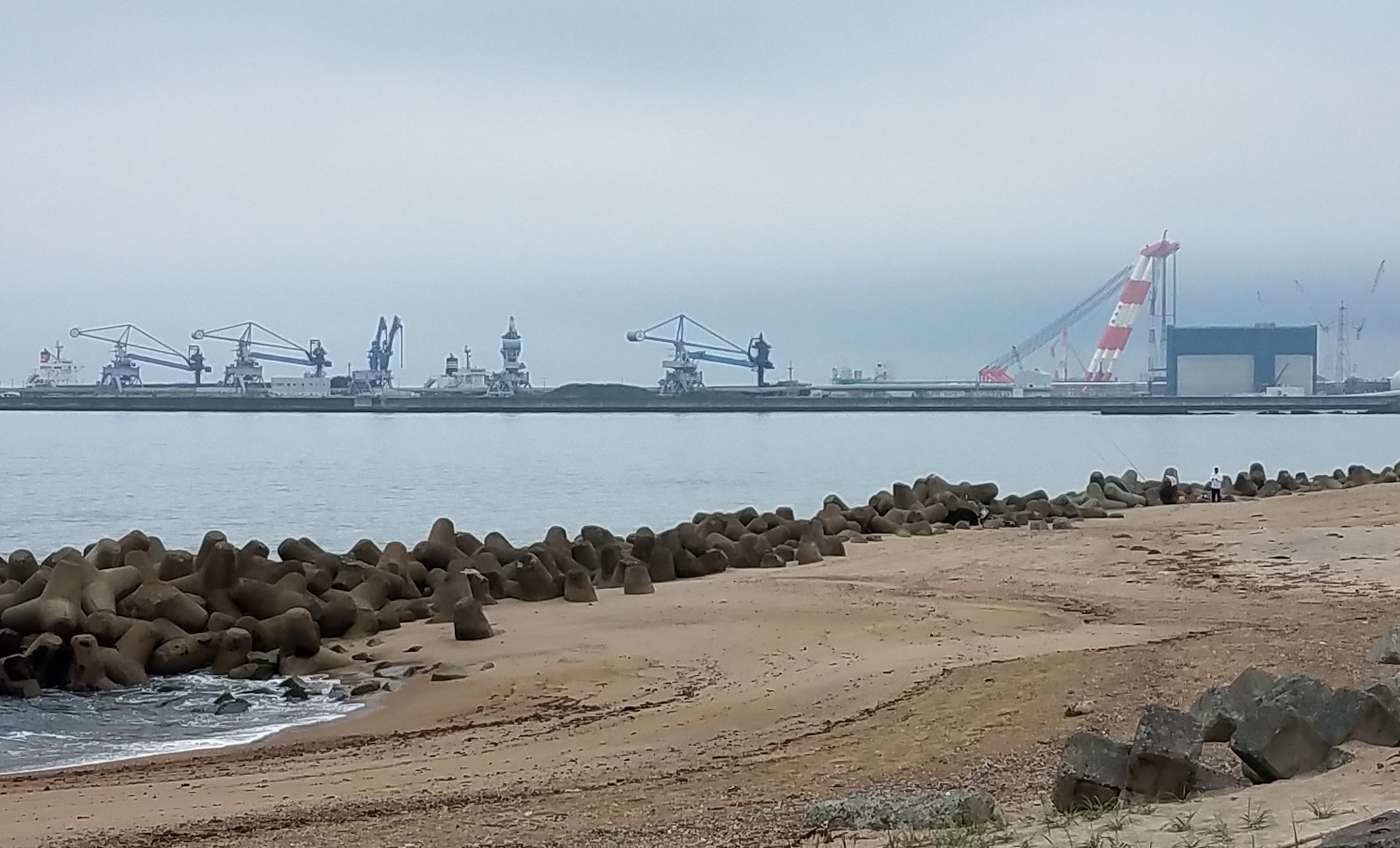
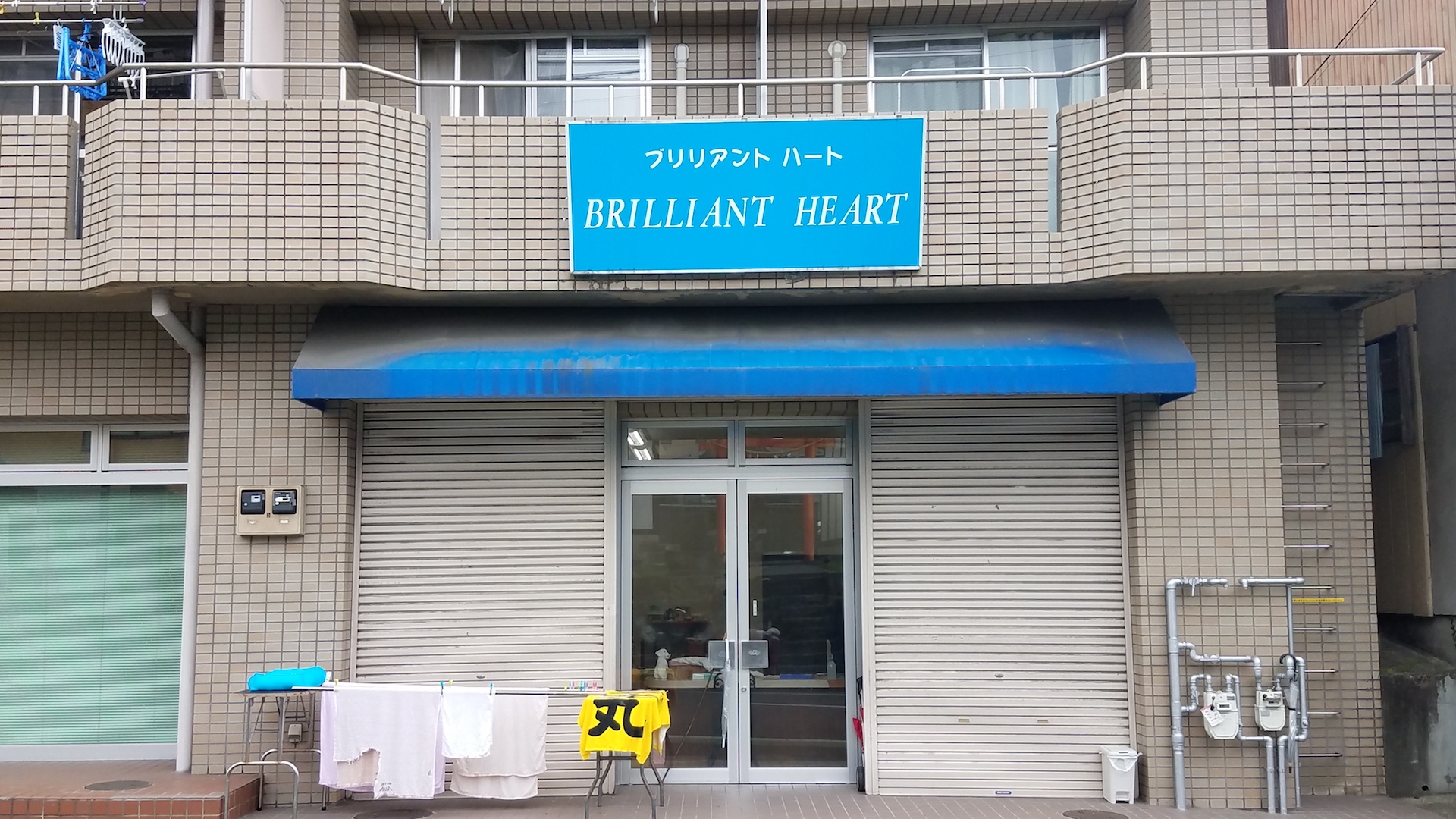

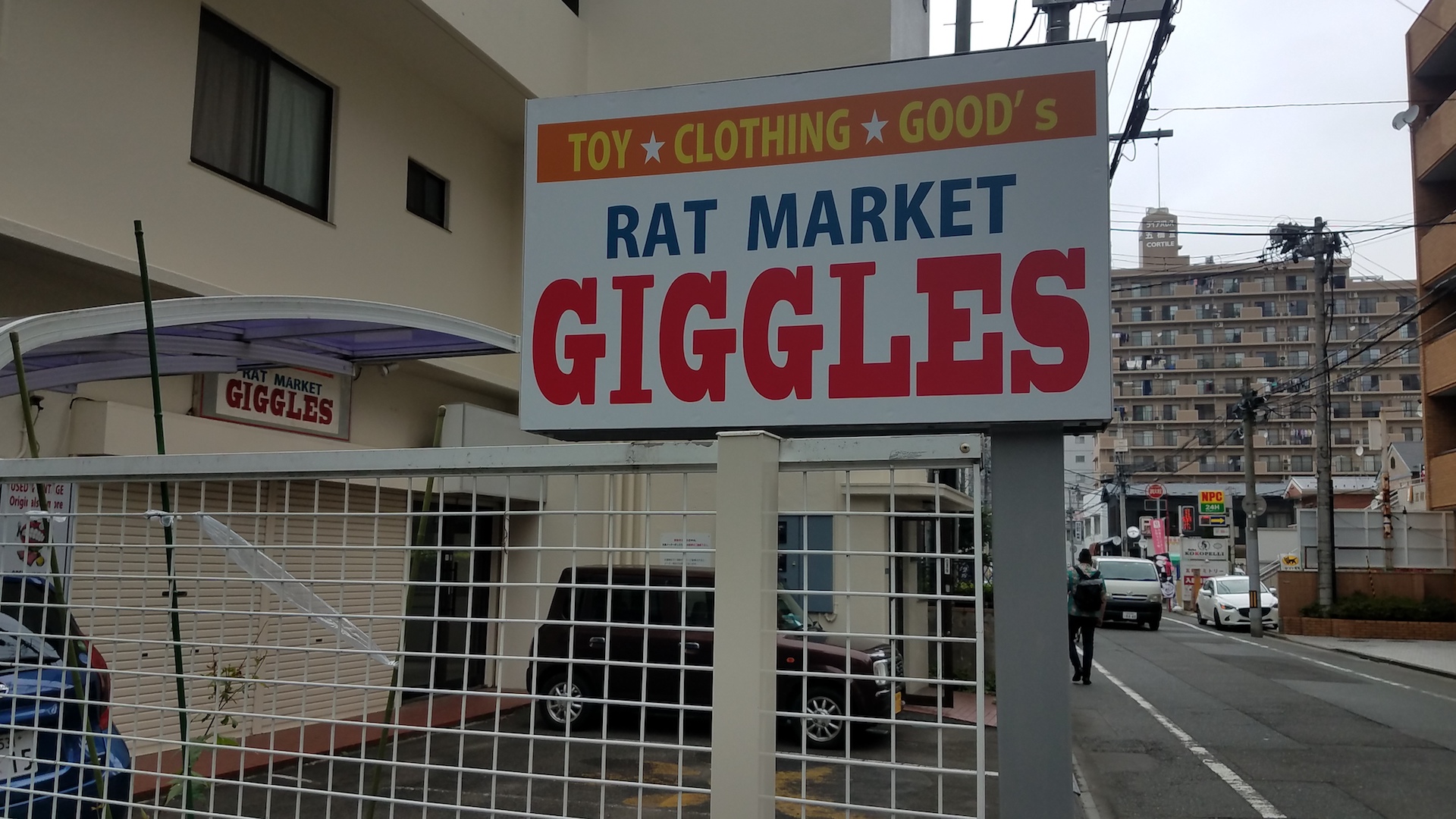
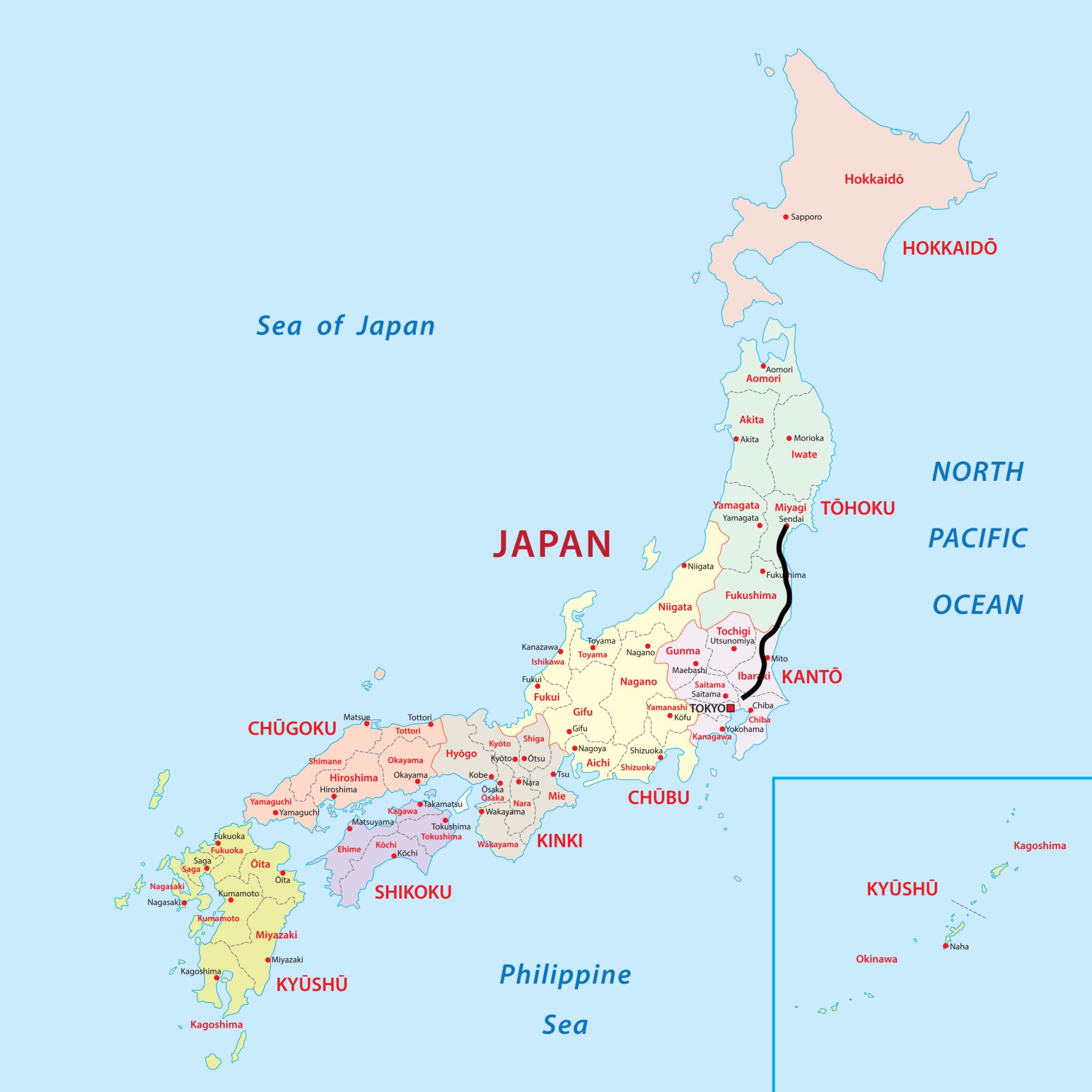
Hi Kev –
Glad you made it to Japan safe. The extreme heat and humidity reminds me of my first summer in Osaka back in 1987, though I don’t know if it ever reached 100 degrees – the humidity just made it feel that way! It made me sad to revisit the devastation caused by that horrific earthquake and tsunami in your post. I’m thankful that my Japanese friends in Osaka were spared.
It looks like you’ve still got a ways to go before you reach Hokkaido. Hopefully you’ll peddle into cooler temperatures! You will probably get to see some traditional Obon celebrations in August. Better get yourself a yukata!
Cheers,
Debbie